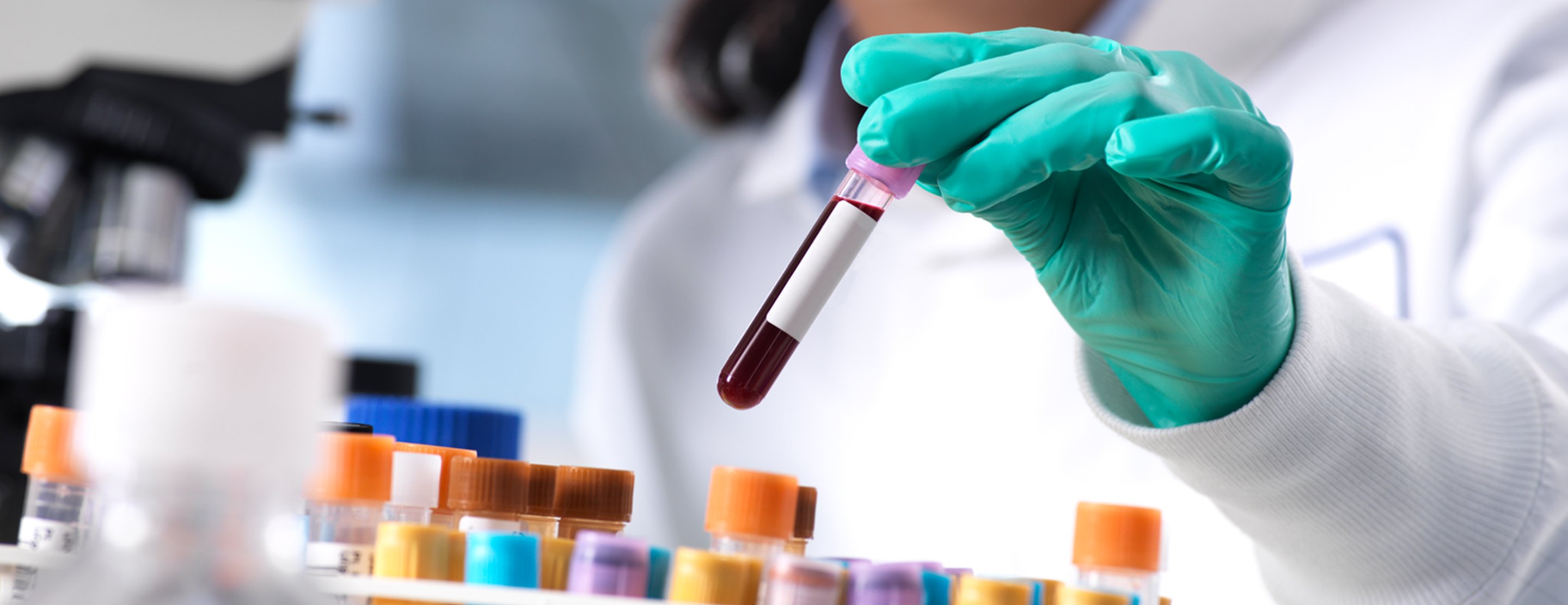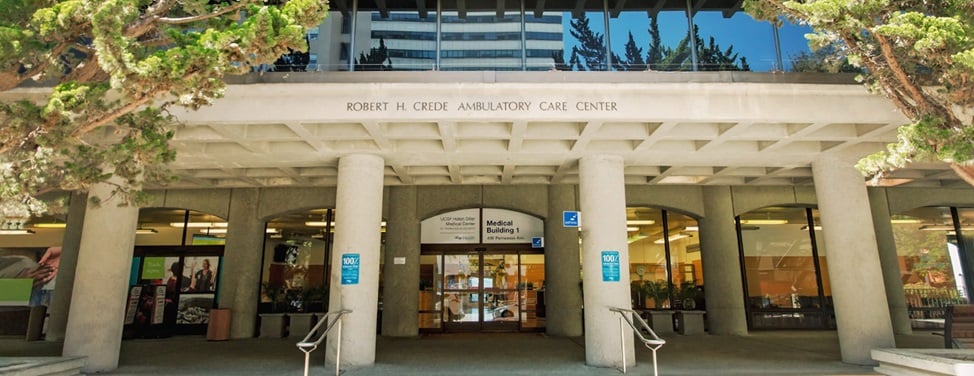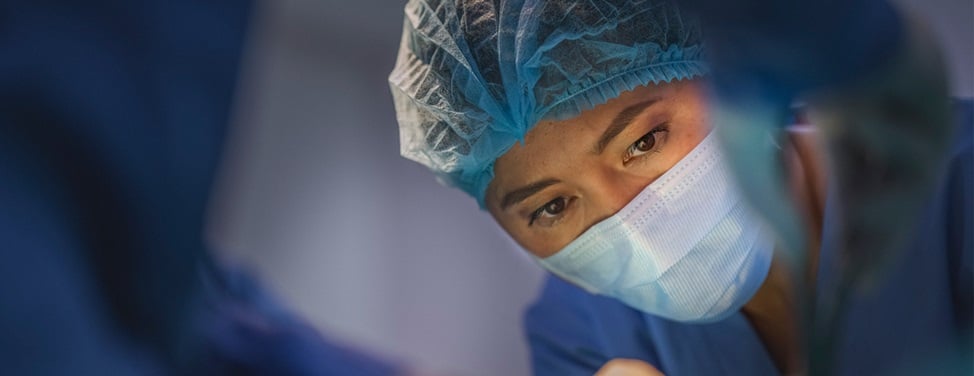
Tests for Lung Patients
Lung transplant candidates undergo a battery of tests including:
- Arterial blood gases
- Blood testing
- Computerized tomography (CT)
- Echocardiogram
- Electrocardiogram
- Pulmonary function tests
- Radiographic studies
- Ventilation perfusion scan
Arterial Blood Gases (ABG)
An arterial blood gas measures the amount of oxygen that your blood is able to carry to your body tissues. This is performed by placing a needle into an artery in your wrist. This procedure takes about five minutes and there are no dietary limitations.
Blood Testing
Blood samples are required for both routine and specialized testing. Specimens are sent for blood chemistries including potassium, sodium, cholesterol, triglycerides, liver function tests and other electrolytes. A complete blood count is obtained to determine whether you have an infection or anemia. Blood levels are obtained for information on whether you have been infected with a variety of diseases, including herpes simplex, HIV and other viruses. This test entails the pain of a needle stick and takes 15 minutes to complete. You should not eat before this study.
Computerized Tomography (CT Scan)
A chest CT is a picture taken of horizontal slices of your chest and the computer projection of these pictures. The chest CT provides detailed images of the structure of your chest. These images are compared to your chest X-ray. Chest CT assists with detection of problems of the chest not easily found on chest X-ray. Occasionally, the use of an injected contrast material is required. This test entails the pain of a needle stick and takes 60 minutes to complete. You should not eat before this study.
Echocardiogram (ECHO)
An echocardiogram is an ultrasound study that evaluates the impact of lung disease on the mechanics of your heart. It examines the chambers, valves, aorta and the wall motion of your heart. This testing also can provide information concerning the pressure in the pulmonary arteries. This test is painless and takes 30 minutes to complete. There are no dietary restrictions for this study.
Electrocardiogram (EKG)
An electrocardiogram is a painless 10-minute procedure, which is performed by placing six electrodes on your chest and one electrode on each of your four limbs. A recording of the electrical activity of your heart is obtained which provides information about the rate and rhythm of your heart. This test requires 15 minutes to complete and there is no dietary limitation.
Pulmonary Function Tests (PFTs)
Pulmonary function tests measure lung volume and the rate of airflow through your lungs. These are painless tests that take 30 minutes to complete. There are no dietary limitations. This test is useful in diagnosing symptoms, determining the potential efficacy of therapy, suggesting the severity of a lung disease and following the course of a lung illness and its response to therapy.
There are three parts to a complete PFT. Most basic is the spirogram. In this test, the patient blows into the testing apparatus as rapidly and as hard as possible for as long as possible. Two good trials are required for an accurate test. This test measures airflow and may detect the presence and severity of such obstructive airways diseases as asthma. If the spirogram is abnormal, a bronchodilator medication usually is given and the spirogram is repeated. Any improvement after inhaling the bronchodilator agent suggests the patient may benefit from ongoing medication.
Lung volume determinations are the second component. This is not a forced maneuver. The patient breathes a special gas mixture with a normal respiratory effort for about three minutes and then slowly exhales. By using mathematical calculations, it is possible to determine not only the volume of gas in the lung, but also to subdivide the total volume of gas in the lung into clinically useful compartments. If there is less then the normal amount of gas in the lung, a restrictive disease such as idiopathic pulmonary fibrosis may be suggested.
The diffusion capacity is the third part. In this test, the patient exhales fully, then breathes in another special mixture of gas. A component of this gas mixture rapidly diffuses from the airway into the blood. When the patient exhales after about 10 seconds of breath holding, the expired breath is collected in an airtight bag and analyzed. The results of the diffusion capacity test relate to the body's ability to extract oxygen from the lungs. It is the most difficult of the PFTs to interpret accurately but a low diffusion capacity often signals advanced disease in patients with emphysema or idiopathic pulmonary fibrosis.
Radiographic Studies (X-rays)
A radiographic study requires the use of X-rays. The most common is the chest X-ray. A chest X-ray (CXR) is a painless, three-minute procedure, which takes an internal picture of your chest including the lungs, ribs, heart and the contours of the great vessels of your chest. A chest X-ray can aid in diagnosing infection, collapsed lung, hyperinflation or tumors. This is a painless test that takes 30 minutes to complete and there are no dietary limitations.
Ventilation Perfusion Scan (Lung Scan, V/Q Scan)
A ventilation perfusion scan is a test that compares right and left lung function. You will be injected with a small amount of radioactive material and then asked to inhale (through a mask) a radioactive gas that is distributed throughout your lungs. The gas is exhaled normally. We expect your left lung to have a little bit less perfusion and less ventilation than the right lung because the left lung is smaller. This test entails the pain of a needle stick and takes 60 minutes to complete. You should not eat before this study.
UCSF Health medical specialists have reviewed this information. It is for educational purposes only and is not intended to replace the advice of your doctor or other health care provider. We encourage you to discuss any questions or concerns you may have with your provider.







